
On World Statistics Day 2015,
the United Nations Statistics Division and Unite Ideas are proud to announce the
Finalists and winning solution to the #StatsDay15 Data Visualisation Challenge competition
We are delighted by the quality and the creativity of all the submissions received. We invite you to browse the digital exhibition below, which displays the top visualisations submitted by talented participants from all around the World, all of which provide valuable insights into relevant development policy question based on the indicators of the MDG database.
We invite you to browse the gallery below and explore the winning solution, submitted by Jeremy Boy from France, as well as other five finalist solutions.
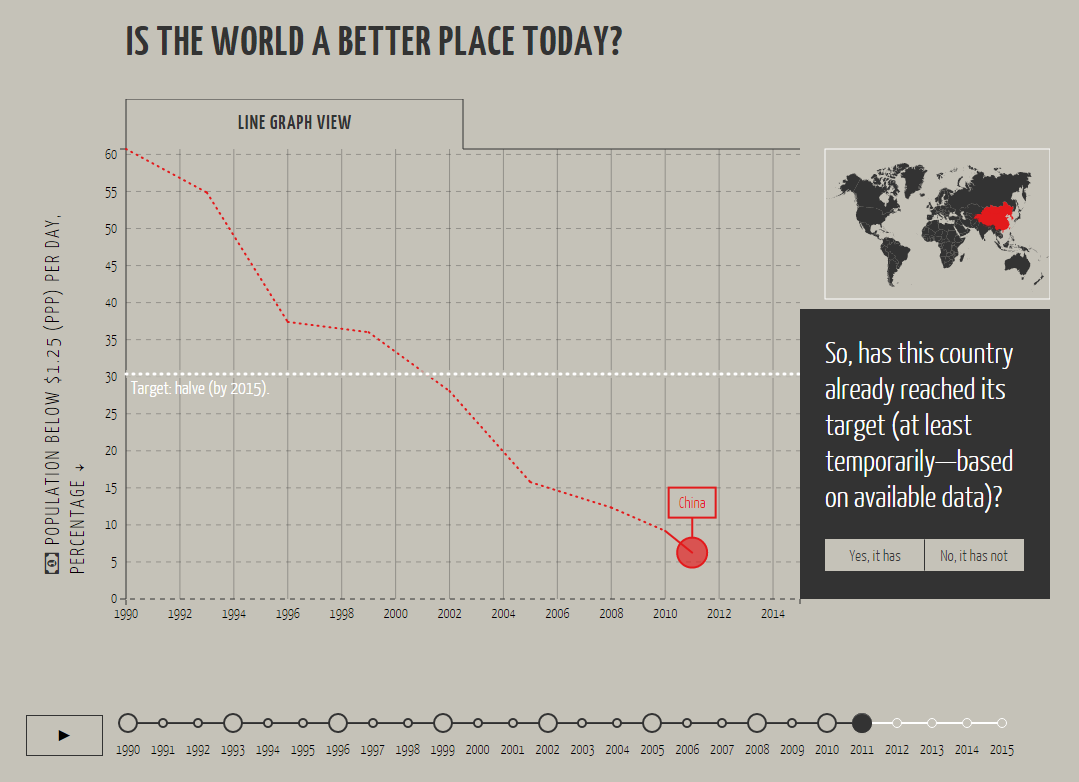
Author: Jeremy Boy (France / New Zealand), with the help of Anshul Vikram Pandey and Jean-Daniel Feket
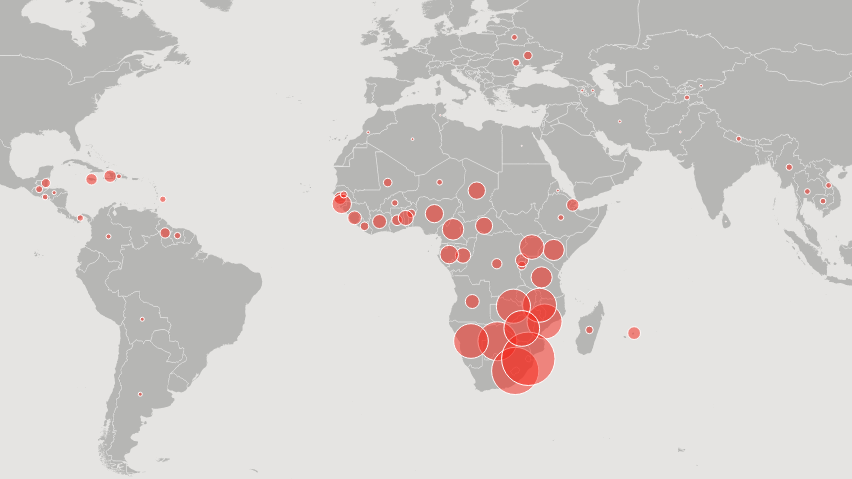
Author: Emily Schuch (United States)
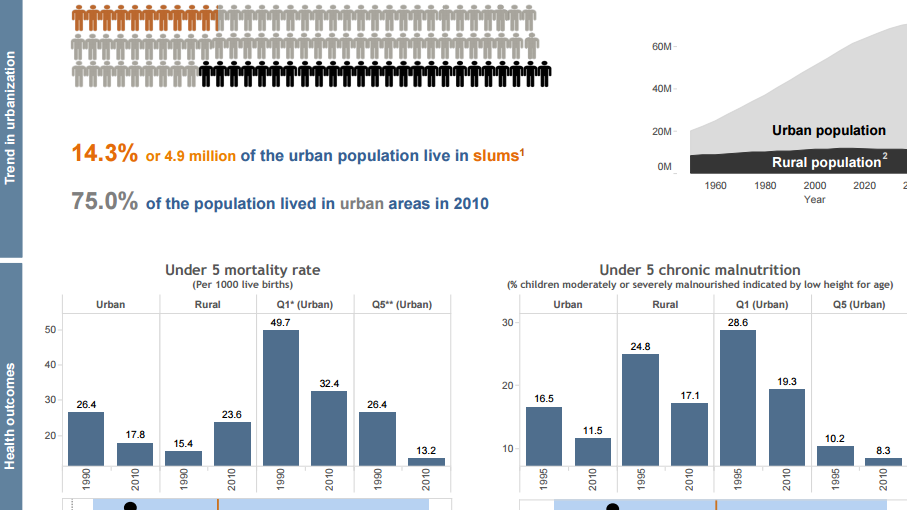
Author: Doohee You (Republic of Korea)
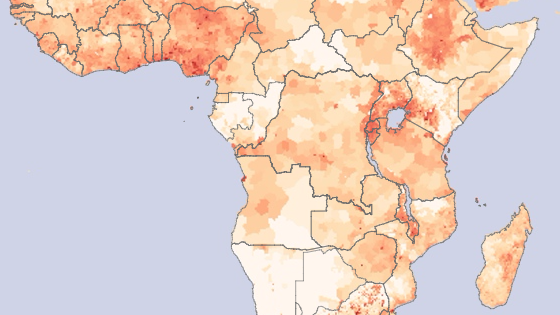
Author: Niccolo Cirone (Italy)
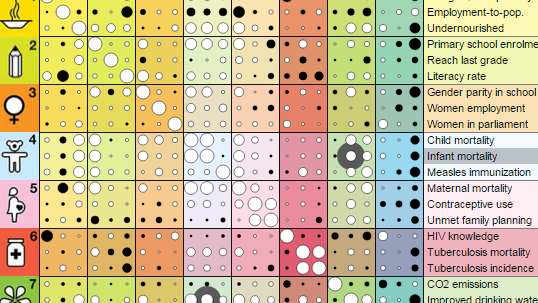
Author: Max Galka (United States)
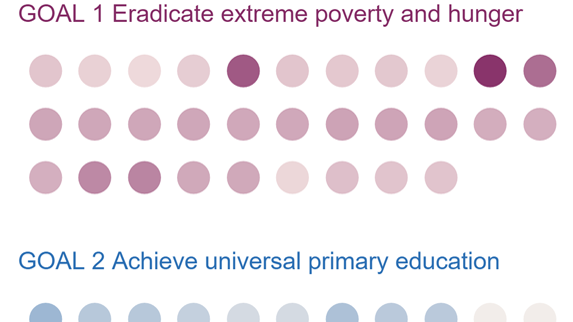
Author: Katharina Rasch (Germany)